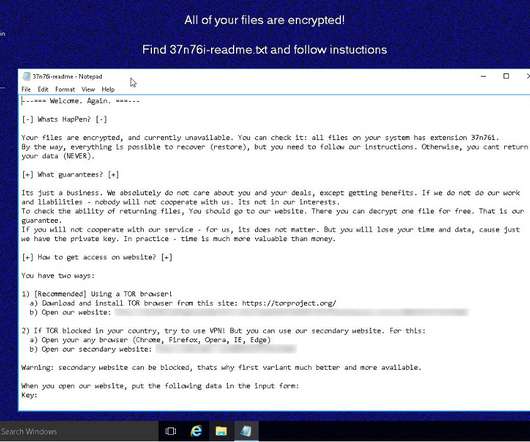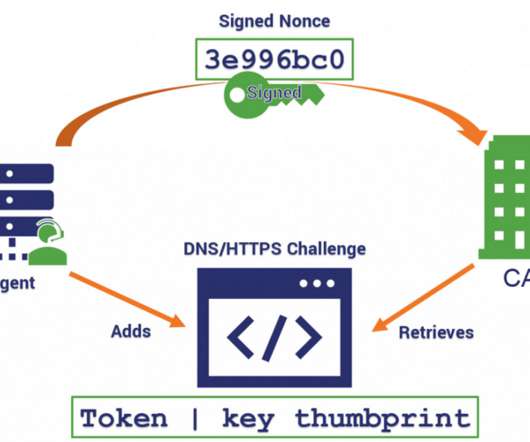Threat Protection: The REvil Ransomware
Cisco Security
AUGUST 11, 2021
We looked at REvil, also known as Sodinokibi or Sodin, earlier in the year in a Threat Trends blog on DNS Security. In it we talked about how REvil/Sodinokibi compromised far more endpoints than Ryuk, but had far less DNS communication. Figure 1-DNS activity surrounding REvil/Sodinokibi. Deleting backups.





















Let's personalize your content